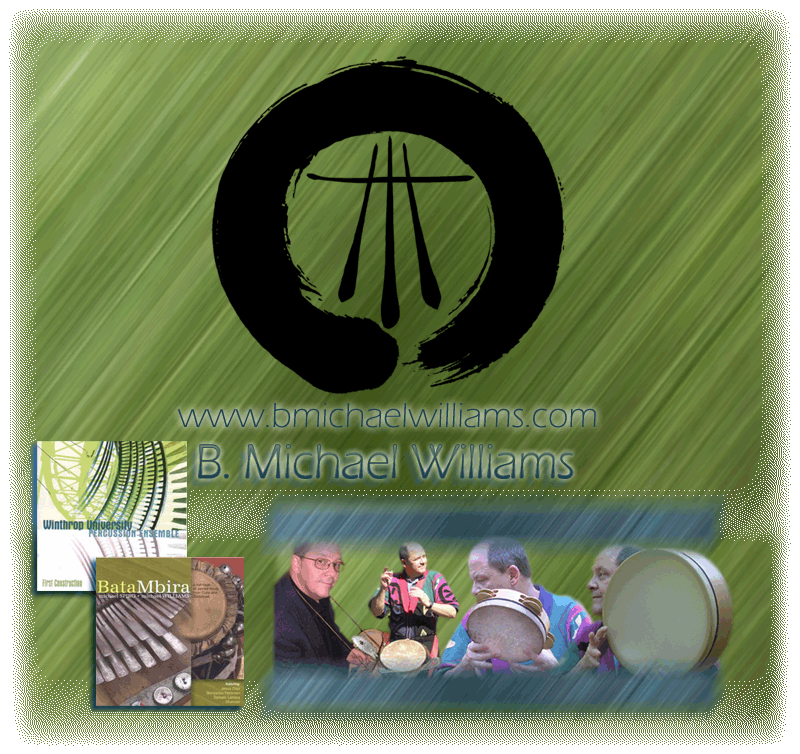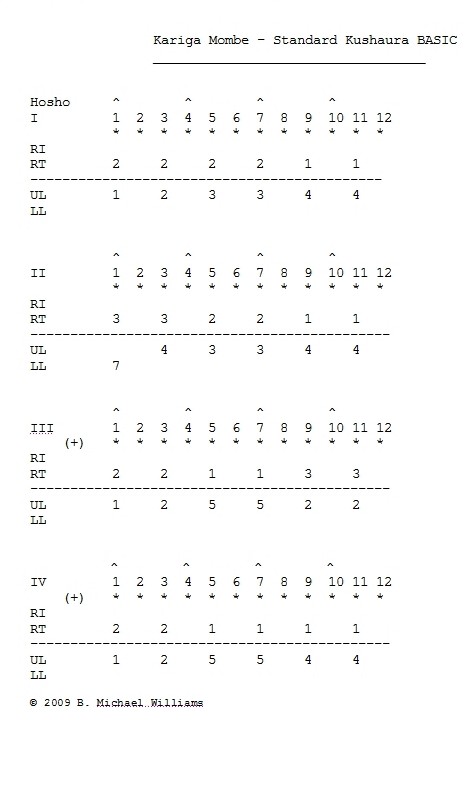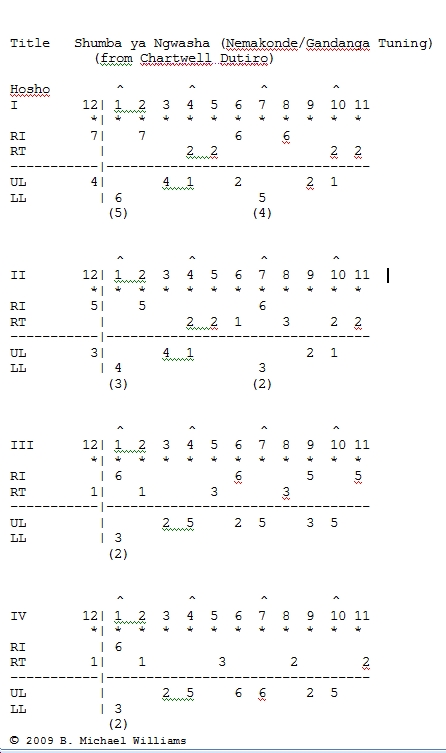
Welcome to my news page and blog. Over the years I’ve had experiences or insights that I thought were worth sharing with a wider audience, but may not have been so significant or thoroughly researched as to warrant a published article. Perhaps this blog will be the perfect venue for little tidbits I’ve discovered about this and that.
I guess I’m a bit of an anomaly in the percussion world, but maybe not. After all, percussionists are by nature “jacks of all trades.” I began my career as an orchestral percussionist and high school band director, then did some research and writing on John Cage, wrote some pieces for frame drums, studied West African drumming, and later learned to play a lamellaphone from Zimbabwe. Some years ago I remember asking a colleague what he’d thought of an article I’d recently published about Stockhausen’s percussion solo No. 9 Zyklus. His response was, “You wrote that? I thought it was another Michael Williams.”
The fact is, diversity is what we percussionists do best. My teacher at Northwestern University, Terry Applebaum, always said, “Our virtuosity is our versatility.” I took that wisdom to heart and it is a major platform in my teaching philosophy. Anyway, I hope to engage you on these pages with some observations, experiences, and my own questions about a variety of topics; frame drums, djembe, contemporary percussion, percussion education, mbira, and my own musings about everything from Almglocken to Zen.
Thanks for visiting… and come back any time!
BMW







Recent Comments